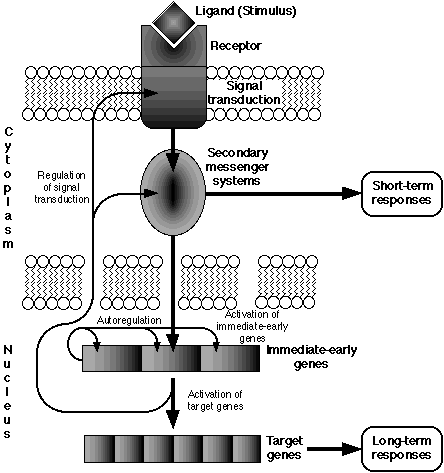
Figure 1.2. Model for the role of cellular immediate-early genes in stimulus-response coupling (based upon Fig. 3 of Curran and Morgan (1987)).
The binding of ligands, such as growth factors, to cellular receptors results in the activation of secondary messenger systems via membrane transducing components. The secondary messenger systems rapidly initiate short-term cellular responses as well as causing the transcription of immediate-early genes. These immediate-early genes may encode components of the signal transduction pathways, thus altering the cells response to subsequent stimulation. Furthermore, the immediate-early gene products may regulate the transcription of other target genes which are responsible for producing long-term responses. It is highly probable that immediate-early genes are autoregulated by a negative feedback loop.

